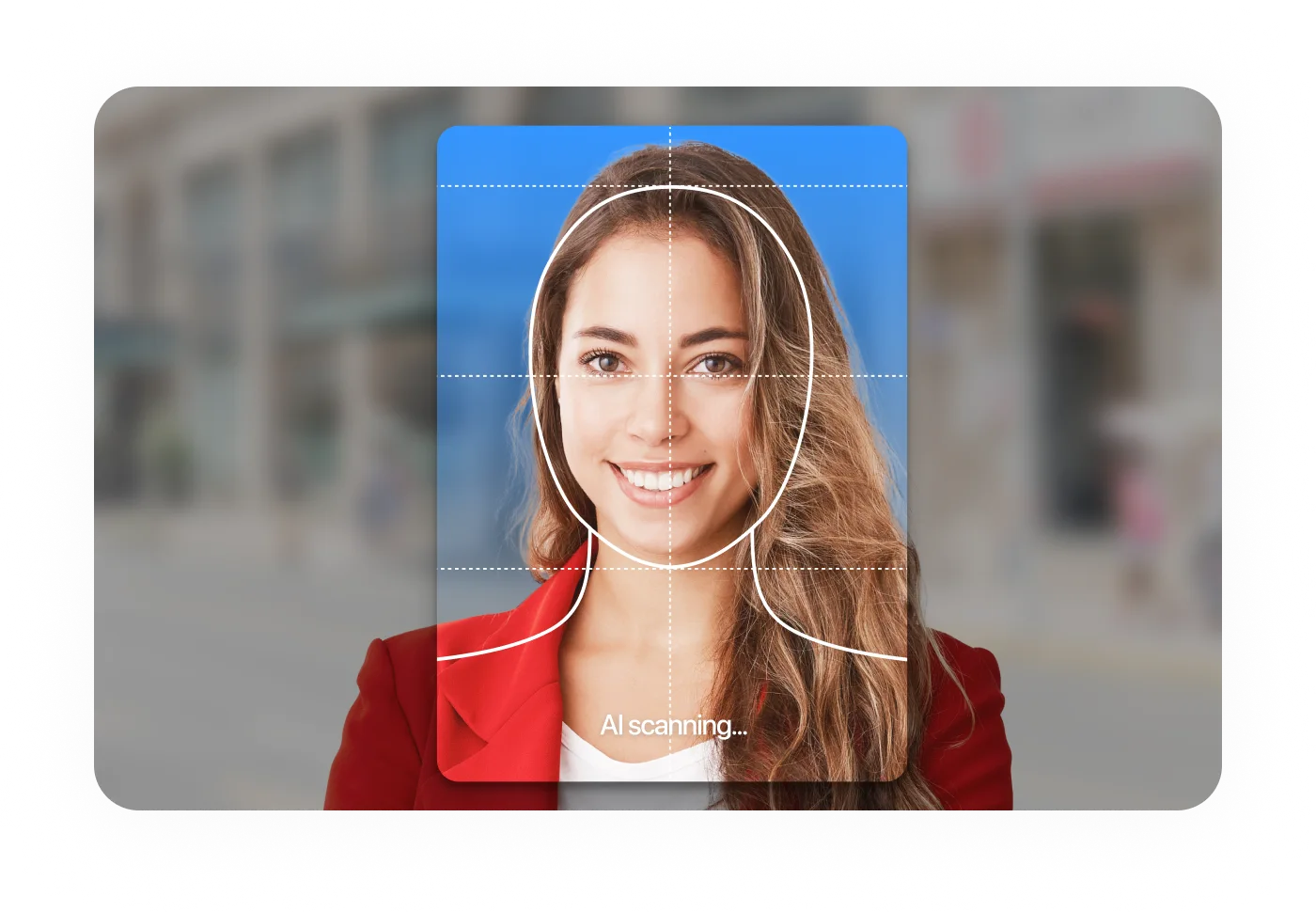
In manufacturing and construction, precision is everything. A slight miscalculation can lead to wasted materials, increased costs, and time delays. That's where artificial intelligence (AI) steps in. By using advanced algorithms and data analytics, AI transforms how industries approach automated cutting and positioning. Imagine a world where machines not only cut materials with pinpoint accuracy but also adapt to changing conditions on the fly. Sounds intriguing, right? This article explores how AI is revolutionizing these processes and why it's essential for businesses to adopt these technologies.
If you're involved in manufacturing, you might be asking, “How can I ensure my operations are as efficient as possible?” One answer lies in the automation of cutting processes. For more insights into optimizing operations, check out passportmaker.com.
The Basics of Automated Cutting
Automated cutting refers to the use of machines that cut materials with little or no human intervention. This technology is widely used in various industries, including woodworking, textiles, and metal fabrication.
Key Benefits of Automated Cutting
- Speed: Automated systems can operate continuously, dramatically increasing production rates.
- Consistency: Machines can achieve uniform cuts that are often hard to replicate by hand.
- Safety: Reducing human involvement in cutting operations minimizes the risk of accidents.
While traditional cutting methods rely heavily on skilled labor, automated systems streamline processes and significantly reduce the likelihood of human error. However, these systems come with challenges. For instance, setting up the machines often requires specialized knowledge, which can be a barrier for smaller businesses.
AI in Positioning and Cutting
AI takes automated cutting to the next level. By analyzing data from various sources, AI algorithms can optimize cutting paths and minimize waste. Here’s how it works:
- Data Analysis: AI systems gather data from sensors that monitor machine performance and material properties.
- Predictive Modeling: Machine learning models predict how materials will behave during cutting, allowing for adjustments in real time.
- Path Optimization: AI can calculate the most efficient cutting paths, reducing scrap and saving costs.
Real-World Example: The Textile Industry
In the textile industry, precision cutting is vital. A leading textile manufacturer implemented an AI-driven cutting solution that analyzed fabric patterns and optimized cutting paths. This resulted in a 30% reduction in fabric waste and improved overall production efficiency. This real-world example illustrates how AI can lead to significant benefits, reinforcing the idea that investing in technology is not just a trend—it's a necessity for staying competitive.
Real-World Applications
The integration of AI into cutting and positioning isn't limited to textiles. Various industries have harnessed its power to improve efficiency and reduce costs.
Examples Across Industries
- Automotive: Manufacturers use AI to cut metal parts with precision, ensuring better fit and assembly.
- Woodworking: AI-driven saws adjust to different wood types, optimizing cutting based on grain patterns and density.
- Aerospace: Cutting lightweight materials for aircraft components with AI increases performance while reducing weight.
These examples show how diverse industries can benefit from AI integration, leading to improvements in quality and cost-efficiency.
Challenges and Considerations
While the benefits of AI in cutting and positioning are clear, the transition can be challenging. Here are some common hurdles companies face:
- Initial Investment: Implementing AI systems can require significant upfront costs.
- Skill Gaps: Not all employees may be trained to operate or maintain advanced AI systems.
- Integration Issues: Merging AI solutions with existing machinery can lead to compatibility challenges.
Businesses must weigh these challenges against the potential benefits. Continuous training and gradual integration can help ease the transition.
Conclusion
AI is changing the landscape of automated cutting and positioning. By improving precision and efficiency, it helps industries save time and reduce waste. As competition intensifies, adopting these technologies becomes not just beneficial but essential. Companies that embrace AI are likely to see better production rates and lower operational costs.
In this era of rapid technological advancement, staying ahead means being willing to adapt. So, if you’re still relying on outdated methods, it might be time to consider how AI can transform your operations. Explore more about optimizing your workflow at passportmaker and take the first step towards a more efficient future.